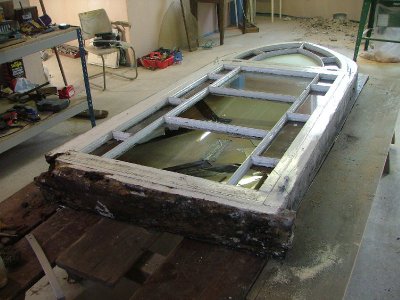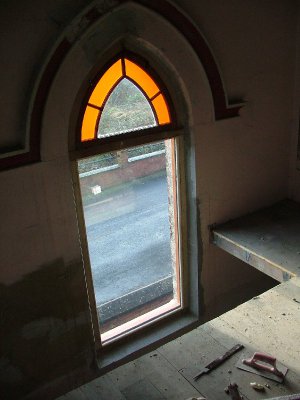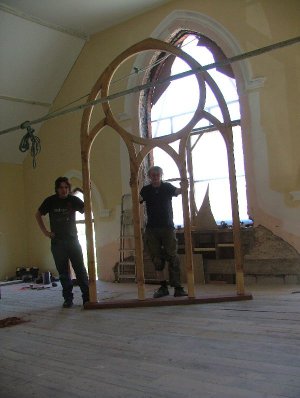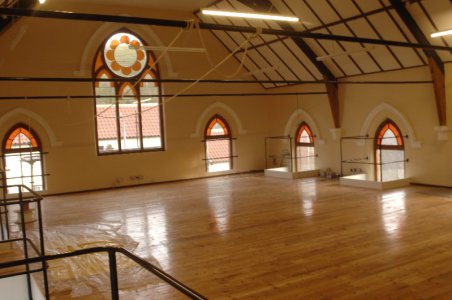You will learn in time that if one thing is beautiful you will see something that is elegant. Perfection is a word, that's all. You will never reach it nor will anyone else. It is always just out of your grasp. It's good to seek it for sure but don't get tied up in the idea that it can be had. My HO Chuck, for you the best is yet to come.
"Billy G"
Alas, a beauty-meter is not on the Starrett catalog, because the sense of beauty is very personal.
For the most of us a Monarch 10EE lathe is more gorgeous than the contemporary lathes looking like stacked boxes, but
why? (¹)
About the precision, I'm doping my cheap bandsaw, and I added an indexed protractor coming from a professional woodworking machine (when it will be finished I'll post some photos and the whole story).
Since I'm pretty picky, I checked the indexed angles with my precision drawing squares: what is given as 45° was out of almost 0.5 mm over 250 mm.
For a general woodworking purpose it is enough (it makes a 0.1 mm error on the corner of the standard 50 mm door frames), but I prefer to have something better, so I added a couple of set screws to move the index support, since I can't redrill it with good results, and now the indexed angles can be corrected if I need to have them with a better precision.
Of course it's not aesthetically beautiful or elegant… but it works as I want.
(¹) I guess a kit to give the flat Asian lathes the curved look of a Monarch would be appreciated by the market (if you become rich selling these don't forget to donate $$$ to this forum…)






